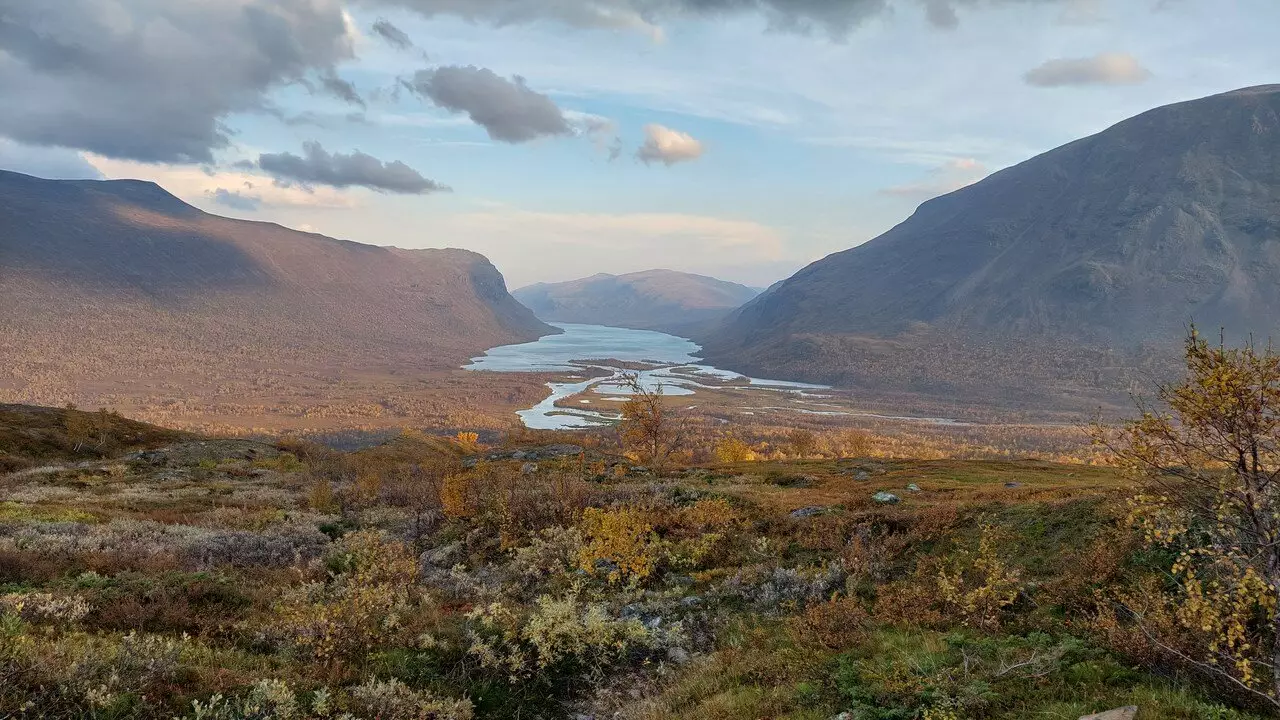In the ongoing battle against climate change, it is paramount to recognize all factors that contribute to greenhouse gas emissions. While land ecosystems have been the focal point of many studies, new evidence suggests that inland waters—including streams, rivers, and lakes—play a critical role in the carbon cycle that is often overlooked. Research conducted by Umeå University highlights the need for a paradigm shift in climate assessments, as failing to account for the carbon flux between terrestrial and aquatic systems could lead to misguided strategies for mitigating climate change.
The urgency of this reassessment is compounded by the alarming rate of warming in northern and elevated regions of the globe, where temperatures have been increasing up to four times faster than the global average. This accelerated warming not only threatens biodiversity but also prompts the release of significant amounts of greenhouse gases into the atmosphere. The research underscores the necessity for a holistic understanding of how both land and water systems interact in the context of climate change—a relationship that has often been given insufficient attention.
In a groundbreaking study led by Chunlin Song from Sichuan University in collaboration with Jan Karlsson of Umeå University, researchers analyzed greenhouse gas emissions from over 3,000 water bodies across the Northern Hemisphere. Their findings challenge previous estimations by revealing that cold-region lakes and rivers contribute substantially more to greenhouse gas emissions than was previously recognized. This revelation is alarming as it indicates that emissions from these aquatic systems could counterbalance a significant portion of the carbon dioxide absorption capabilities typically associated with northern land ecosystems.
One particularly concerning aspect highlighted in the study is the divergence in carbon emissions between rivers and lakes. The study details how rivers in regions with pervasive permafrost are particularly significant contributors to greenhouse gas emissions. The permafrost thawing, a direct consequence of rising temperatures, releases substantial stores of carbon—an event that compounds the challenge of climate change rather than alleviating it. This interplay of factors paints a dire picture of a feedback loop exacerbating global warming.
Jan Karlsson’s insights indicate a pressing need to re-evaluate the assumptions underpinning current climate models. The findings suggest that cold regions may transform into increasingly important sources of greenhouse gases as the climate continues to warm. Unfortunately, the lack of comprehensive research into land-water interactions poses significant challenges in understanding the full scope of these emissions. It also raises questions about the efficacy of existing climate policies, which often neglect the waters that traverse these vulnerable landscapes.
Karlsson emphasizes that challenges exist not only in our understanding but also in the methodology used to study the land-water carbon cycle. Accurate assessments require high-resolution data across various climatic and geological contexts. Thus, it is imperative to adopt an interdisciplinary approach to climate research, integrating ecological, hydrological, and atmospheric sciences to develop more robust assessment frameworks.
To bridge the gaps in our current understanding of greenhouse gas emissions from inland waters, a call to action for collaborative research has been made. The integration of diverse scientific disciplines should be prioritized, and adequate funding and resources must be allocated to study these crucial ecosystems in detail. This means not only facilitating joint research efforts but also fostering educational programs that emphasize the importance of interconnectedness in environmental studies.
As climate assessments evolve, it is crucial to adapt our paradigms to incorporate all elements of the carbon cycle—specifically the contributions from inland waters. This holistic view will not only enhance our understanding but also empower policymakers to enact more effective climate strategies. Ignoring the significant role of inland waters in greenhouse gas emissions could have long-term implications for the global climate and conservational efforts.
As we strive towards a sustainable future, inclusivity in climate research and policy is vital. Only by acknowledging the intricate relationships between land and water can we hope to achieve a comprehensive strategy to fight climate change effectively. The past year has clearly demonstrated that our ecosystems are more interconnected than ever, and now is the time to act.


Leave a Reply